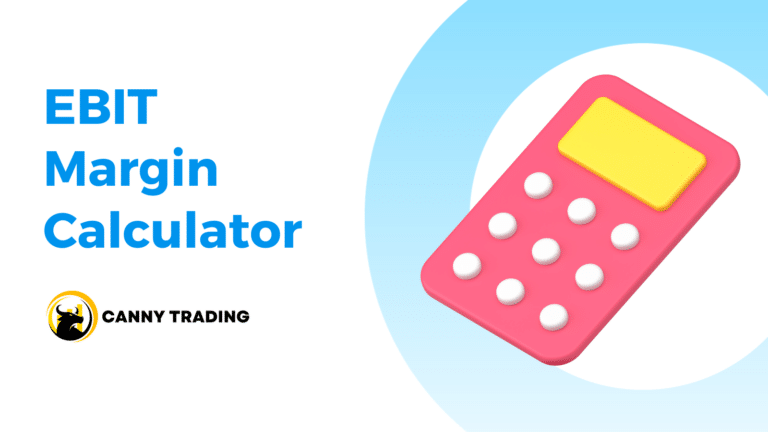The Difference Between the Two Calculators
Both of these present value calculators assess the current worth of future financial amounts, but they apply to different scenarios. The ‘Present Value of a Single Payment’ calculator evaluates the present worth of a lump sum received in the future. In contrast, the ‘Present Value of Periodic Payments’ calculator determines the current value of a series of future payments, akin to an annuity.
Present Value Formula for a Single Payment
The present value formula for a future single payment is:
PV = FV / ((1 + r) ^ t)
Where:
- PV is the present value.
- FV is the future sum of money.
- r is the discount rate or interest rate.
- t represents the number of periods until the money is received.
Let’s use an example to illustrate how to apply the present value formula. Imagine you have the opportunity to receive $10,000 five years from now. You want to figure out how much that $10,000 is worth today. Assume the average annual interest rate in a savings account is 3%.
In this scenario:
- Future Value (FV): $10,000
- Discount Rate (r): 3% or 0.03 (as a decimal)
- Number of Periods (t): 5 years
Using these numbers in the formula, we calculate PV = $8,626.09.
The present value of $10,000, to be received five years from now at a 3% discount rate, is approximately $8,626.09 today. Another way to understand this is: if you had $8,626.09 today and invested it at a 3% annual return, it would grow to $10,000 in five years.
Present Value Formula for Periodic Payments
The present value of periodic payments formula we use in our present value calculator is:
PV = Pmt * (1 – (1 + r) ^ -t) / r
Where:
- PV is the present value of an annuity.
- Pmt is the fixed amount of each periodic payment.
- r is the discount rate or interest rate per period.
- t is the total number of payment periods.
This formula is essentially the present value formula for an annuity. An annuity is a financial product that provides a fixed stream of payments, essentially constituting a series of periodic payments.
To fully grasp this formula, let’s consider an example. Suppose you’re evaluating an investment in an annuity that promises to pay you $5,000 annually for the next 10 years. To determine if it’s a sound investment, you need to calculate the current value of this annuity. Let’s assume the annual discount rate is 4%.
The variables in this scenario are:
- Periodic Payment (Pmt): $5,000 per year
- Discount Rate (r): 4% or 0.04 (as a decimal)
- Total Number of Payment Periods (t): 10 years
By inputting these variables into the formula, we calculate PV = $40,554.48.
The present value of receiving $5,000 annually for 10 years, at a 4% discount rate, is approximately $40,554.48. This means that if you invest $40,554.48 today at a 4% annual return, it would generate an equivalent series of payments totaling $5,000 each year for 10 years.
This example illustrates how to assess the worth of future periodic payment streams in today’s monetary terms, assisting in making informed financial decisions.









